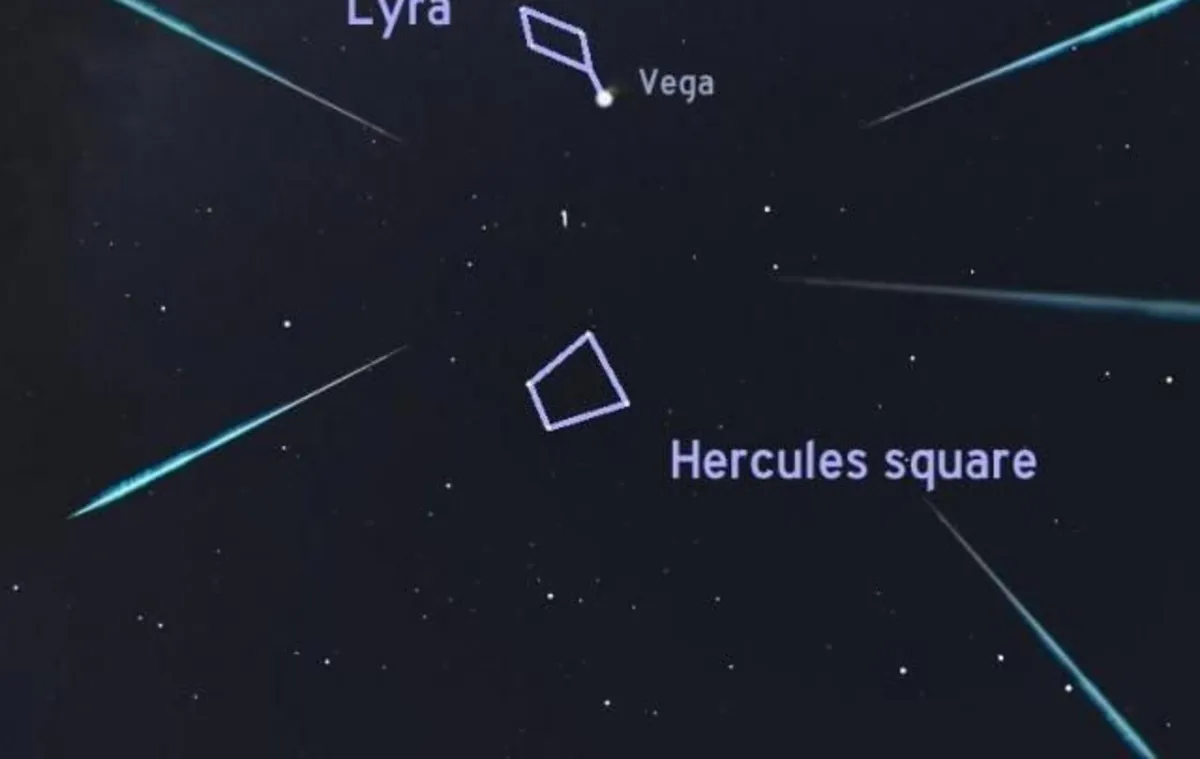
When you think of meteor showers, the first one that often comes to mind is the spectacular Perseids in August. However, April brings its own celestial wonder with the arrival of the Lyrid meteor shower, which is set to peak on Monday night. This astronomical event is not only a treat for sky watchers but also one of the oldest known meteor showers, with records dating back over 2,700 years.
While the Lyrid meteor shower may not be as prolific or bright as some of its counterparts, it still offers the chance to witness some occasional bright flashes or even a spectacular fireball in the skies over western Washington. These meteors are remnants of space debris from the comet C/1861 G1 Thatcher. Each year, as Earth orbits the sun, it passes through the comet's trail, allowing leftover particles to enter our atmosphere and disintegrate, creating the stunning visual display we associate with meteor showers.
To maximize your viewing experience of the Lyrid meteor shower, it's essential to find a location away from the bright lights of the city. Head out into darker areas to improve your chances of spotting these celestial wonders. Additionally, be sure to dress warmly as temperatures may drop significantly on Monday night.
It's worth noting that pockets of fog or low clouds could impede visibility in certain neighborhoods, and the waning crescent moon, illuminated at 32% of full brightness and rising at 4:02 a.m., may overshadow some of the meteor flashes. However, don't let that discourage you! Simply orient yourself towards the east and gaze upward. Even if you're in the city, with a bit of patience, you may still catch glimpses of 5 to 15 meteors per hour.
The Lyrid meteor shower is a wonderful opportunity for amateur astronomers and casual stargazers alike to connect with the universe. So grab your friends or family, venture into the night, and experience the magic of this ancient celestial phenomenon. Remember, the best views come to those who wait!